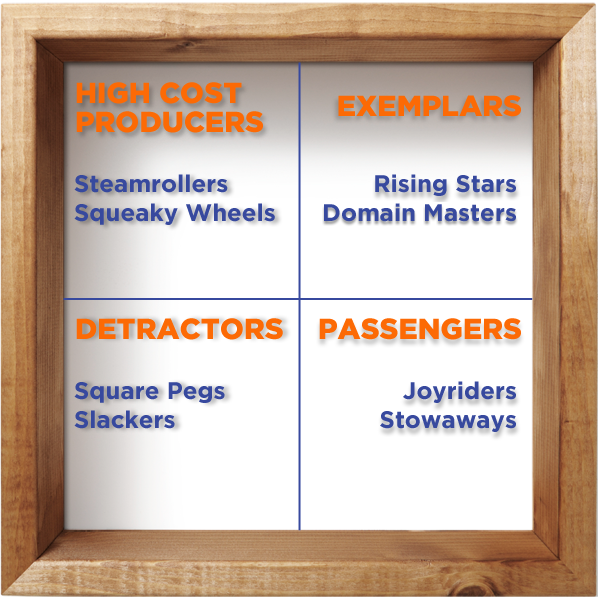Performance Review Strategies To Boost Employee Retention
Performance reviews are essential for organizations because they help measure workforce productivity, identify gaps, and address them to get things on track. But they can be stressful for employees, specifically when they move in a negative direction. The problem is more widespread than you imagine. While appraisals should be inherently constructive, they can hurt motivation and lead to dissatisfaction. You may also encounter a high turnover challenge if your review process has drawbacks. The best option is to reconsider and rework your strategies to make people comfortable with assessments. Let us share a few performance review strategies to boost employee retention.
Embrace A Constructive Mindset
The right mindset is everything when it comes to assessing your employees. Ideally, your performance reviews should be constructive rather than negative. Think of ways to help people address their shortcomings instead of only giving them negative feedback and leaving the improvement to them. At the same time, appreciate the good work so that people have something to feel motivated enough to stick around.
Evaluate Comprehensively
Another surefire tip to ramp up your performance review strategies for better retention is to evaluate employees in a comprehensive way. Conducting 360-degree reviews is a good option because they entail feedback from everyone an employee works with. You can check employee performance management solutions by primalogik for a free 360-degree template. Getting comprehensive feedback means you have a better view of strengths and weaknesses instead of only the negatives in people.
Consider Learning Styles
People learn differently, so assessments should also consider learning styles to be more value-adding in the long run. The idea is to eliminate learning curves so that they can make self-improvement. Moreover, you must follow their learning styles to create individual coaching programs to address their weaknesses. When employees get a chance to improve without stress, they are likely to stay with the organization for the long haul.
Build Trust and Dialogue
Trust is the mainstay of employee loyalty and retention, so it should be a part of the performance review strategy. But building trust is perhaps one of the most challenging issues for organizations. However, you can achieve it by setting a positive dialogue as a part of the process. Ensure training managers for appraisal conversations, as it enables them to get employees on their side, even when sharing negative feedback..
Ensure Continuous Feedback
Conventional review systems focus on the yearly conversation between managers and employees. But you cannot expect them to improve instantly because problems worsen over time. You can limit the stress by implementing continuous feedback to set short-term project goals, discuss roadblocks, and provide professional development opportunities. People can improve faster and grow with ongoing learning. They feel less anxious about annual reviews, making the ride smoother for them.
Employee retention is one of the significant growth factors for an organization. While several factors affect it, performance reviews play a key role as they determine the growth and learning curve for employees. You can implement these review strategies to make people stay for the long haul and contribute to your company.



 Mike Figliuolo is the co-author of
Mike Figliuolo is the co-author of  How often have you, as an executive or manager, looked at the cars in the parking lot as you come into or depart from your workplace and said to yourself, “So and so are really contributing to the organization,” based on seeing their cars. Or seeing no one else’s car reflected on your own performance as, “I’m a top contributor. I put in more hours than anyone else.”
How often have you, as an executive or manager, looked at the cars in the parking lot as you come into or depart from your workplace and said to yourself, “So and so are really contributing to the organization,” based on seeing their cars. Or seeing no one else’s car reflected on your own performance as, “I’m a top contributor. I put in more hours than anyone else.” Most companies employ a periodic employee review program, typically comprised of a major annual review and sometimes complimented by a formal mid-year feedback session. Examination of these programs reveals most performance ratings are based on those individual behaviors, events, and accomplishments occurring within a few weeks of a review’s development. Consequently, employees achieving great success throughout the year, particularly those with significant achievements earlier in the period, feel cheated by a process that frequently overlooks these accomplishments.
Most companies employ a periodic employee review program, typically comprised of a major annual review and sometimes complimented by a formal mid-year feedback session. Examination of these programs reveals most performance ratings are based on those individual behaviors, events, and accomplishments occurring within a few weeks of a review’s development. Consequently, employees achieving great success throughout the year, particularly those with significant achievements earlier in the period, feel cheated by a process that frequently overlooks these accomplishments.